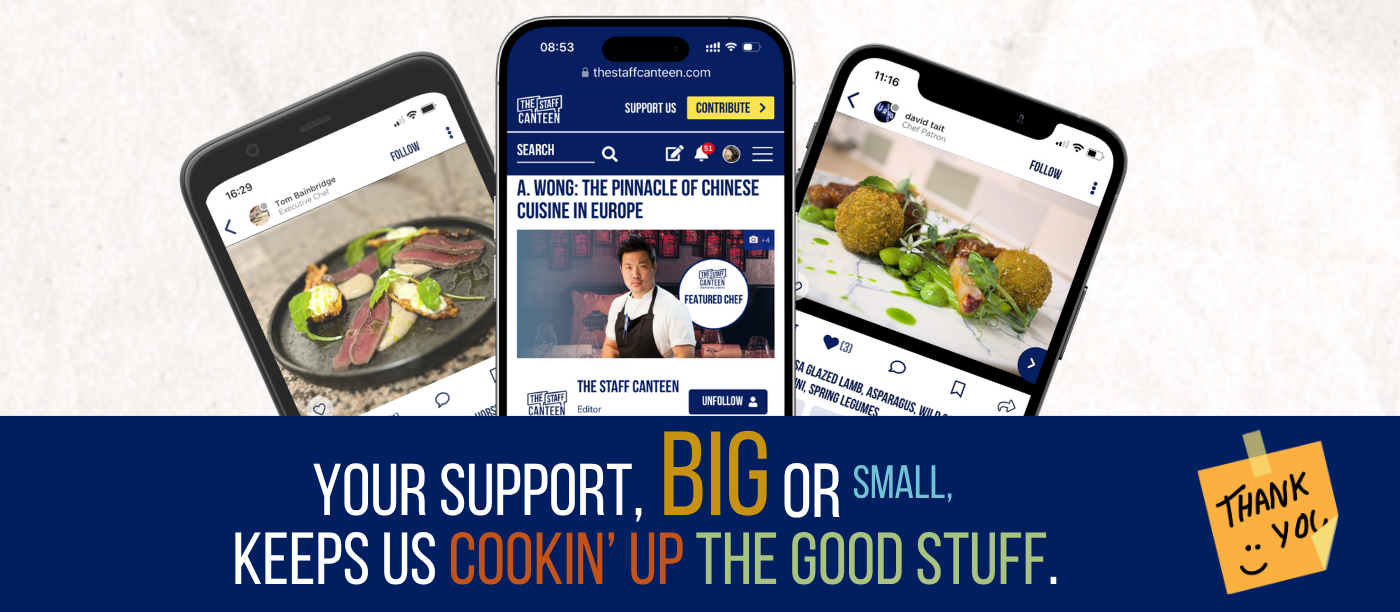that don’t work so well and do require a more traditional approach. In terms of a functioning restaurant offering a variety of dishes, this then means that sous vide isn’t actually taking over the kitchen, but works alongside traditional cooking methods to produce the best quality dishes possible.
Graham Long, executive chef of The Chancery, said: “I’d find it difficult to recreate the dishes that I produce in the restaurant if all my sous vide equipment went down. We use it every day, not exclusively for everything, but for certain things.”
As the food scene booms, the mixing of sous vide cooking with traditional cooking methods essentially means that chefs still have a great deal of interaction with their food, whilst still being able to run an efficient service and make consistent dishes.
As well as training, food safety has prompted many arguments about sous vide’s place in the industry and whether it is safe to use. Nathan Myhrvold, co-author of Modernist Cuisine: The Art and Science of Cooking explained: “Cooked food should be cooled quickly. Bacteria thrive in the “danger zone” from 4-60 ?C. The longer that food remains in the danger zone while cooling, the more likely that the few bacteria remaining in it after cooking will multiply and dangerously repopulate the food. As a general guideline, food should not sit in the danger zone for more than four hours.”

However, Environmental Health states 'there is a distinct lack of information about what happens in the 40°-55° region'. This lack of information presents serious problems for people using sous vide without having a good knowledge of the implications that may arise with bad food safety practice.
This has become a particular worry with the growth of sous vide being used domestically in the home.
Domestic uses of sous vide have rapidly grown in the past few years, with various companies offering downsized sous vide products for home users. Without the correct food safety procedures being implemented and checked by environmental health, home cooks may find that they are creating a large risk for themselves by using sous vide. Arnuad said: “I think if you don’t actually understand sous vide you can make people very poorly. You’re cooking at low temperatures and, if you’re dealing with proteins, in particular chicken, then you’re tempting fate.”
The expense of sous vide can also prompt issues surrounding its efficiency, especially within the home. However Nathan disagrees, and sees the potential for sous vide in the home. “Getting started with cooking sous vide doesn’t require a big investment in new gear," Nathan said. “You can cook sous vide with any setup that heats food accurately at a low temperature.”

The agreement that sous vide is efficient within a restaurant, however, is fairly unanimous. “The last thing you want to do is overcook something like a duck breast which costs you £7," explained Graham. “Having sous vide allows us to minimise those mistakes or minimise the risk of something not being right for the customer.”
Whatever you might say about sous vide, its popularity has certainly seen an increase in the past 30 years. Restaurants around the world now rely on it to have a successful service, and chefs such as Heston Blumenthal encourage its use. However, as its cons are discussed some people, like Eric Snaith, head chef at Titchwell Manor Hotel, claim that its popularity might be fading in the restaurant scene, he said: “I expect its popularity to reduce and I think it already has in a lot of professional kitchens.”
Arnaud agrees with Eric, stating: “There’s nothing better than the romance of caramelising a beautiful guinea fowl in a pan. That’s what you wake up in the morning for."
Chris, who has seen a large increase in the amount of people that come to Sous Vide Tools for training packages, disagrees. “I started working with Sous Vide Tools three years ago on a part time basis," said Chris. “Now I’ve gone full time with them because it is becoming so popular. It’s phenomenal really.”
As the culinary world rapidly moves on, it will be up to the future young stars of the culinary industry to decide the fate of sous vide cooking.
By Lewis Treleaven
















